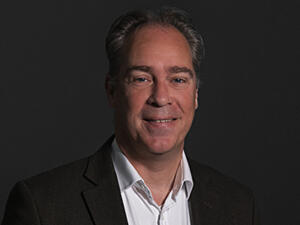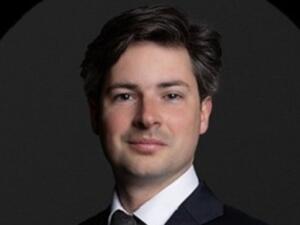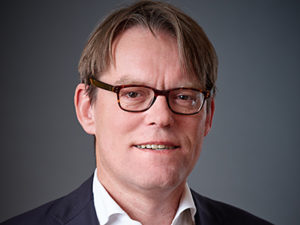Amsterdam court enforces Cathay’s Chinese patent rights against Dutch importer Wego
Wegochem may no longer import and distribute certain raw materials used for nylon production in Europe. The Amsterdam District Court has banned the Dutch company from sourcing LCDA from a producer in China, as it infringes Chinese patents held by Cathay Biotech.
27 June 2025 by Konstanze Richter
For over a decade, Cathay Biotech has been battling Chinese competitor Hilead Biotechnology over patented technology for producing long chain dicarboxylic acid (LCDA). This raw material is used in manufacturing nylon for textiles, pharmaceutical products, cars, electronic devices and consumer goods.
Cathay accuses Hilead and two of its directors, who previously worked at Cathay, of stealing trade secrets to set up a factory in Yantai, Shandong Province, to produce LCDA nylon. Cathay claims the production process used in this factory infringes its Chinese patent CN101121653, which protects this technology.
Sucess in China
Cathay successfully defended its patent in an infringement suit against Hilead in China. It also won several invalidation suits against patents filed and obtained by Hilead in China for the same technology. However, LCDA production at the Yantai factory continued under changing company names — first Himount, then Henderson and later Graceland. Cathay subsequently took successful infringement actions against these entities in China.
Wegochem Europe, headquartered in Oosterhout in the Netherlands, is part of the US-based Wego Chemicals group. The Dutch entity imports and distributes LCDAs in Europe, sourcing them from successive producers Himount, Henderson and Graceland. Cathay informed Wegochem of the patent infringement in China, to no avail.
Wegochem acted unlawfully
The Chinese manufacturer then filed an action for unlawful conduct before the District Court Amsterdam to stop Wegochem from importing and selling LCDAs made by Hilead and its successors at the Yantai production facility.
The Chinese biotech company argued that Wegochem Europe knowingly uses or benefits from the tort of another company (first Himount and now Graceland) that infringes Cathay Biotech’s patent.
Wegochem disputed the claim, stating that Cathay does not have a patent on the technology in Europe and thus cannot enforce a Chinese patent in the Netherlands or Europe. Furthermore, the defendant claimed that the production process it has used since 2022, or at least since November 2023, differs from the patented process.
The District Court Amsterdam has now ruled that Wegochem acted unlawfully from 1 June 2019 by sourcing LCDAs from Henderson and Graceland, while knowing or consciously accepting the significant risk, without further investigation, that these products infringed Cathay Biotech’s Chinese patents.
The judges found the Dutch importer liable for damages suffered by the Chinese claimant. The court will determine the amount of damages in a separate assessment procedure (case ID: C/13/752110 / HA ZA 24-646).
Simmons for Cathay
A Dutch team from full-service firm Simmons & Simmons advised and represented Cathay in the action against Wegochem in the Netherlands. Litigator and partner Bas Berghuis and patent attorney Sebastien Versaevel led the case. Both will be joining Taylor Wessing in the course of the year. Lawyer Daisy Termeulen assisted, handling all day-to-day matters and pleading the case in court.
- Bas Berghuis
- Sebastien Versaevel
- Paul Reeskamp
This was the first time Simmons & Simmons’ Amsterdam office acted for Cathay. Jingyuan Shi, a partner based in the firm’s Hong Kong and Shenzhen offices and head of the TMT practice, established the contact. She has a long-standing relationship with the client. However, Simmons & Simmons did not lead the infringement cases in China. As a rule, Chinese lawyers employed by non-Chinese law firms cannot represent clients in Chinese courts.
Wegochem relied on a team from DLA Piper, led by Paul Reeskamp, now of counsel at the Amsterdam office. He regularly conducts patent litigation, for example for Basic Holdings in a patent suit against Afire over decorative fireplaces. He worked on the case with litigator Philipp Cepl, partner at the Cologne office of DLA and Milan based partner Gualtiero Dragotti, assisted by Dutch associate Noa Naaman. The team worked closely with patent attorneys Marcel Kortekaas and Daphne Hubert of EP&C, who provided assistance in technical questions.


